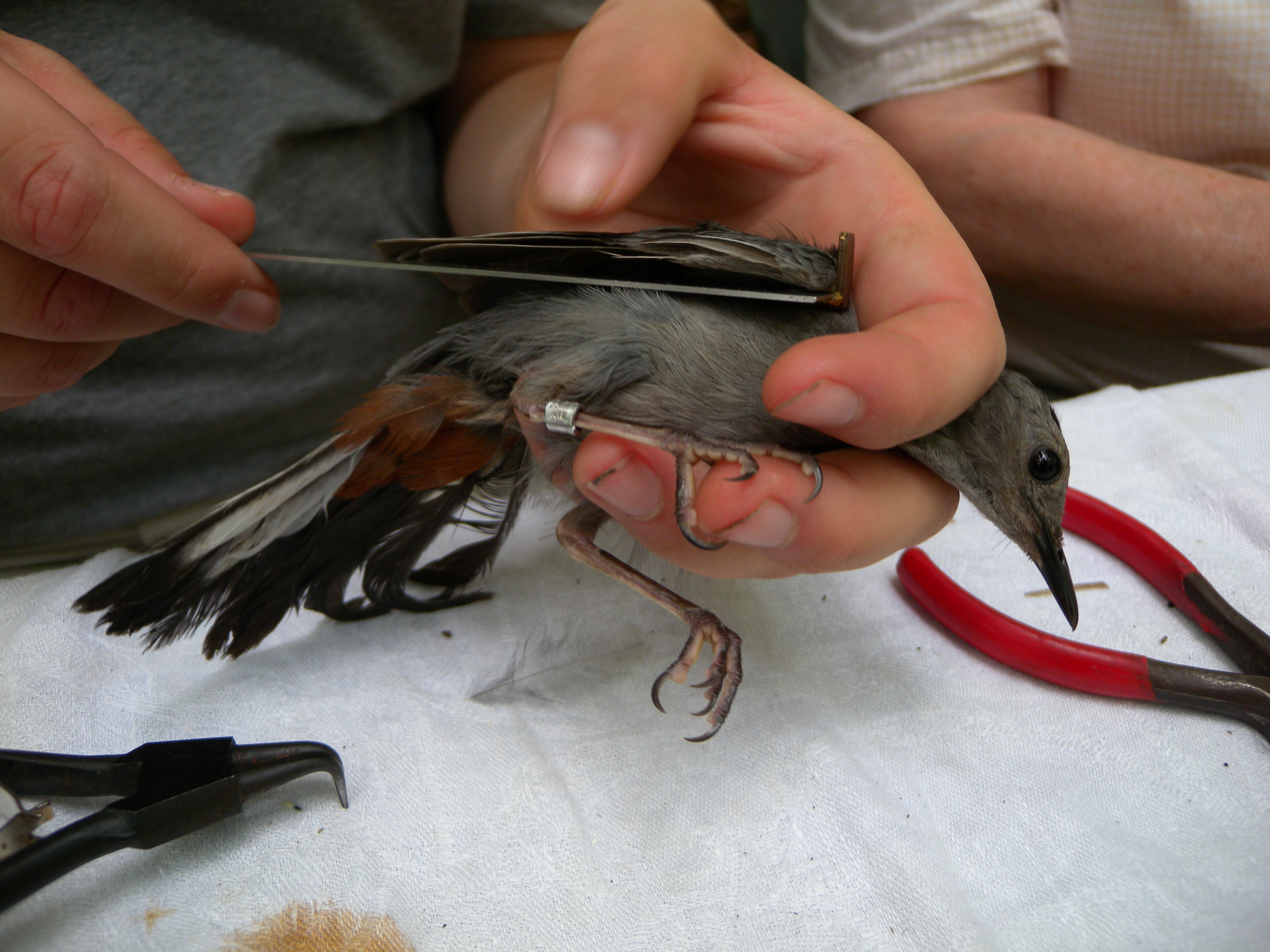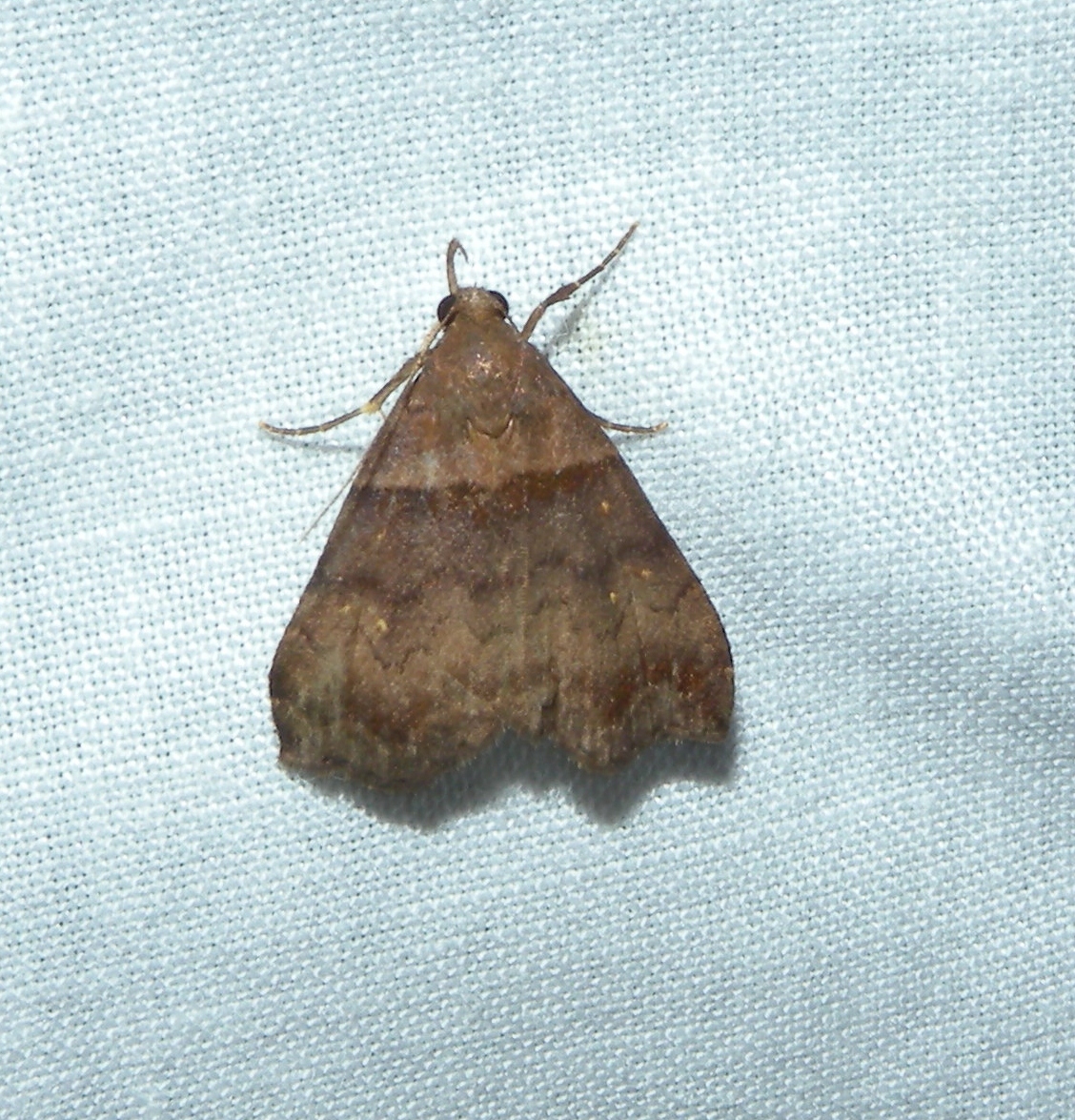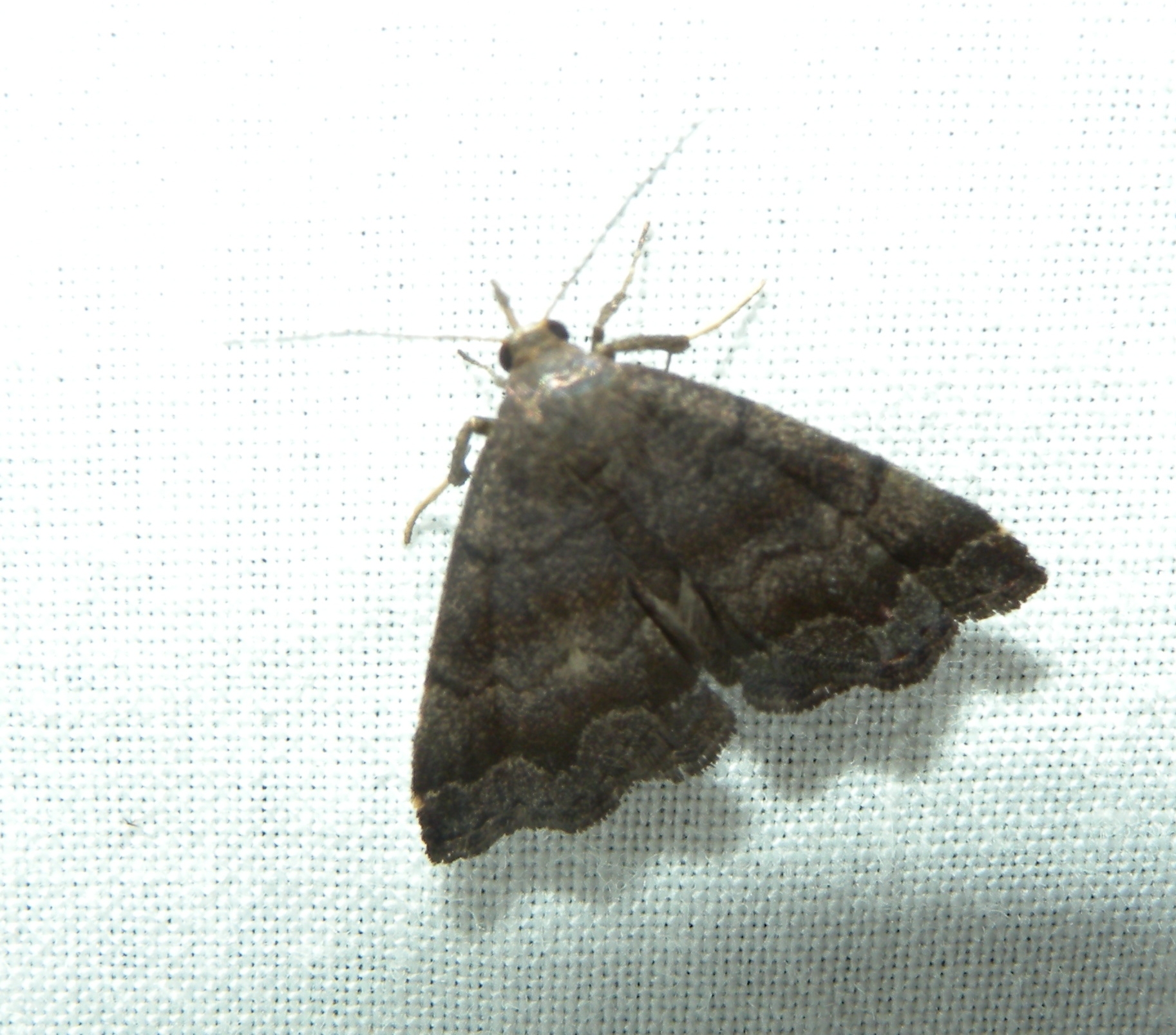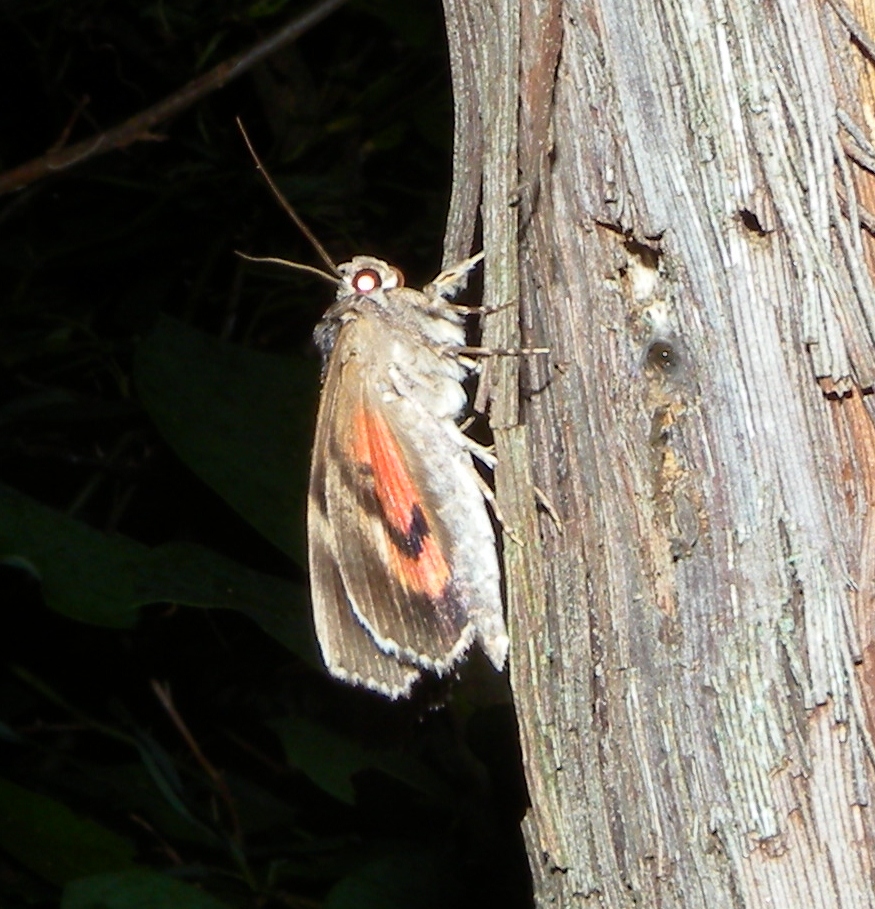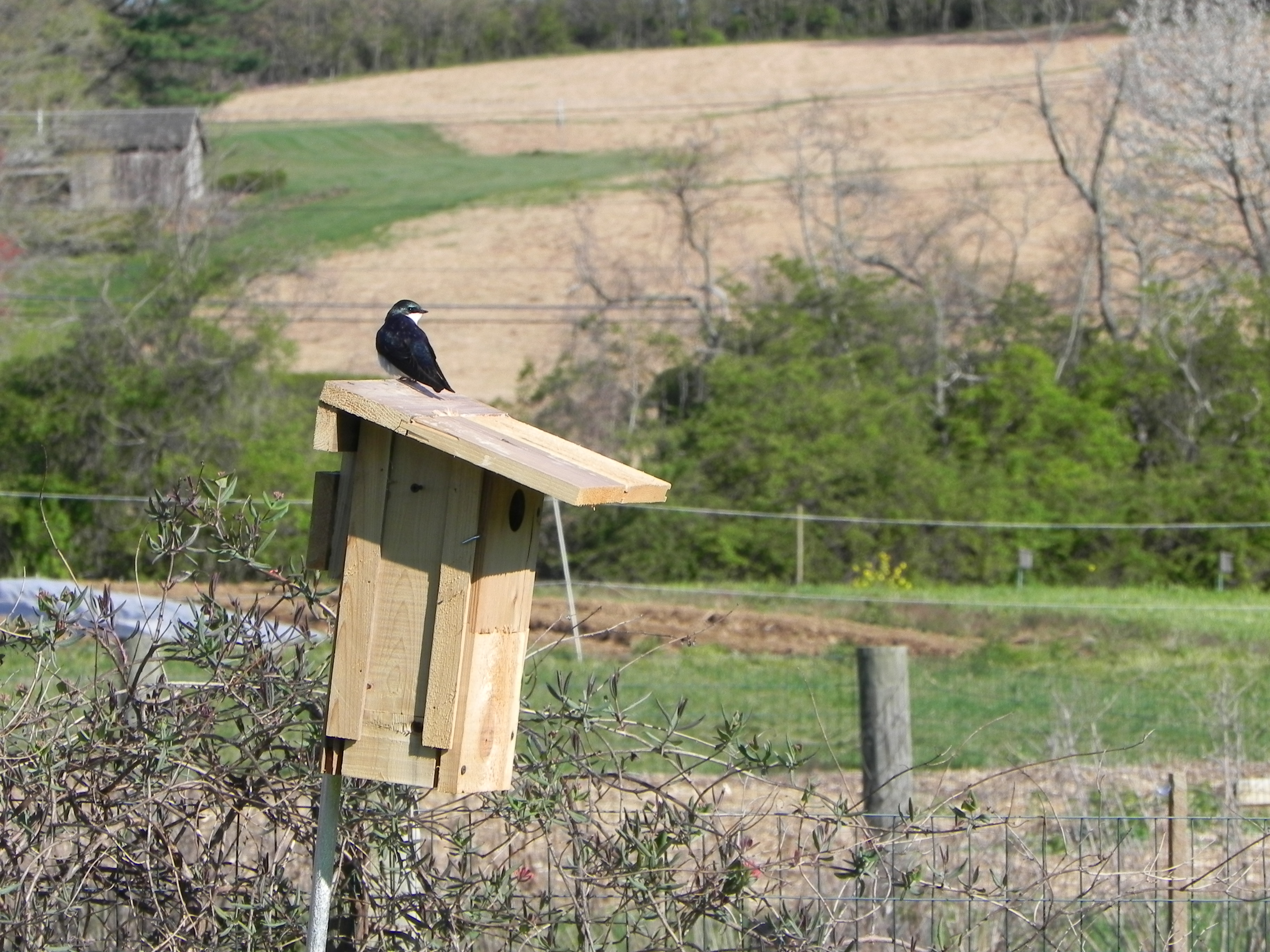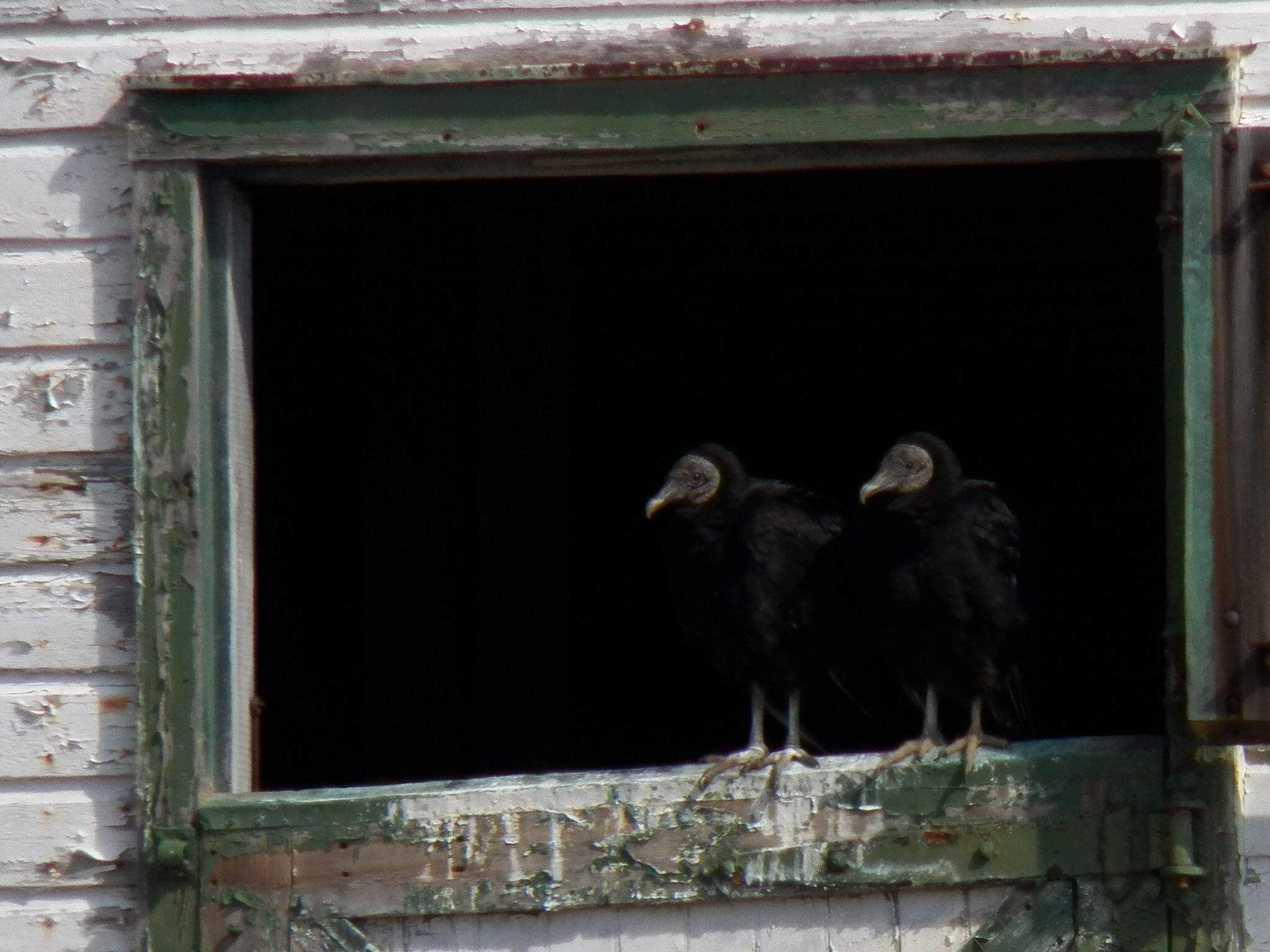
In case the little birdie hasn’t told you yet…
Rushton Banding station will be open to visitors and families of all ages tomorrow, 9/21, from 7-11 am!!
Don’t miss this grand opportunity to see beautiful migrating songbirds up-close as we carefully band them to contribute to bird conservation. Migration is in full swing, and we’ve been catching a fantastic variety of wonderful warblers (including our first ever Black-throated Green Warbler), flycatchers, thrushes and familiar residents like the sweet little Carolina Chickadee picture below.


Oh and did I mention Gray Catbirds!? We never run out of these omnipresent birds…until the White-throated Sparrows arrive in October.

Stop on by the station tomorrow to learn about the fascinating science of bird banding while witnessing feathered neighbors like never before!
You just never know what a fall morning at Rushton may bring…

Plus, Rushton Farm is breathtaking right now with the goldenrod in full bloom and looks like this…

See you in the woods tomorrow!
Blake
P.S. For all you hard-core birders out there looking to get that rare, elusive, skulking Connecticut Warbler on your life-list, we have caught 6 so far this fall at Rushton! Not too shabby.











